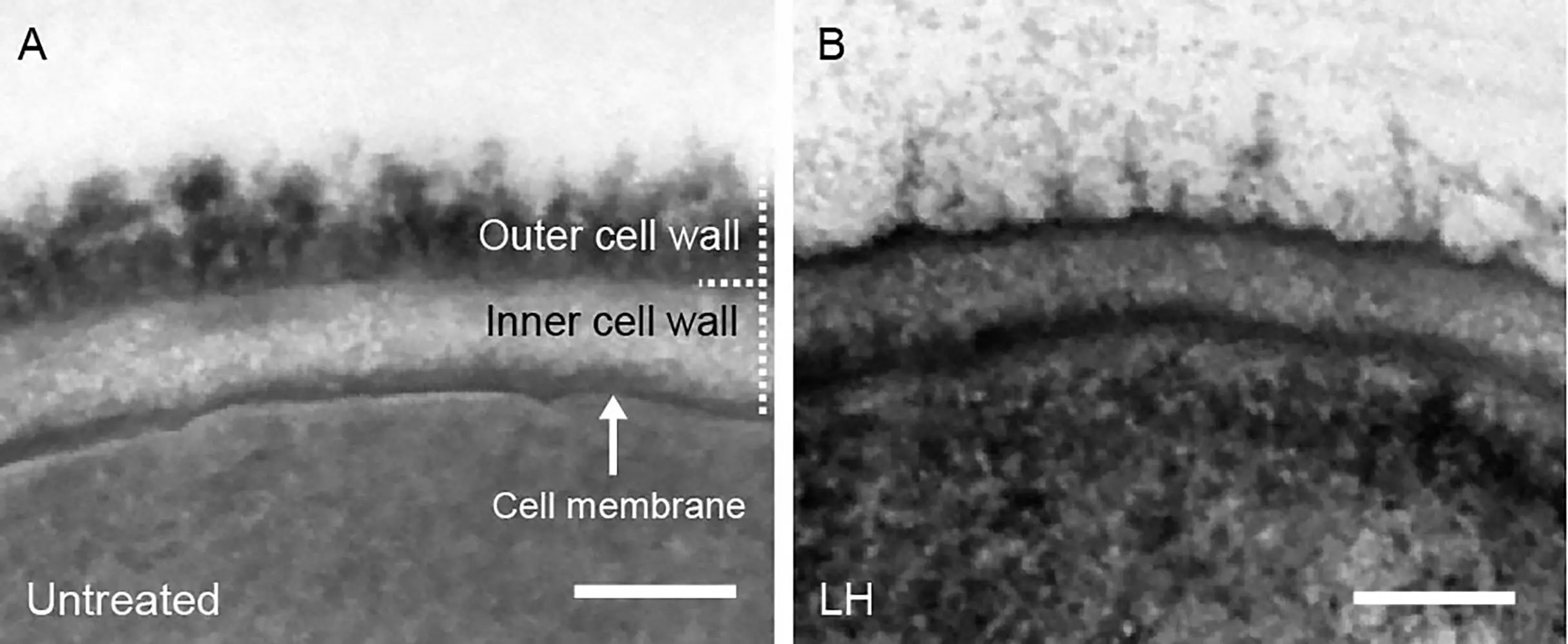Invasive fungal infections continue to pose a significant threat to public health, with more than 2 million people affected annually. Candida species are among the most common causative agents of these infections, often leading to high mortality rates. The development of new antifungal therapies has been slow, particularly as drug resistance becomes increasingly prevalent. However, a recent study by an interdisciplinary research team has shed light on the therapeutic potential of synthetic polymers in combating fungal infections.
Led by Dr. Sascha Brunke from the Leibniz Institute for Natural Product Research and Infection Biology in Germany, the research team investigated the mode of action of synthetic polymers in inhibiting the growth of pathogenic fungi. The team, which included chemists, biotechnologists, and infection biologists, collaborated to develop synthetic polymers from the polyacrylamide family that demonstrated strong efficacy against Candida albicans, including resistant strains. This groundbreaking research, published in Nature Communications, unveiled the exact mechanism of action of these synthetic polymers for the first time.
According to the study, the synthetic polymers target fungal cells through multiple pathways simultaneously. They disrupt glycosylation on the cell surface, leading to cell stress and weakening. Additionally, the polymers damage the walls and membranes of fungal cells, ultimately causing their death. Furthermore, the polymers were found to enhance the activity of immune cells in eliminating fungal cells, showcasing their multifaceted approach to combating infections. This unique mechanism of action sets synthetic polymers apart from conventional antifungal agents, which typically act through a single pathway.
One of the key advantages of synthetic polymers is their ability to prevent the development of drug resistance in Candida albicans, as demonstrated in laboratory tests. The combination of synthetic polymers with existing antifungal agents, such as caspofungin, showed promising results in improving the survival rate of infected moth larvae. Moreover, the production of synthetic polymers is cost-effective and their stability makes them suitable for use in low-income countries. However, further research is needed to establish the safety and efficacy of these polymers in human models and to optimize their molecular structure for enhanced targeting of fungal pathogens.
While the research results are promising, there is still much work to be done before synthetic polymers can be used as a mainstream antifungal therapy. The team acknowledges the need for more in-depth studies to determine the potential side effects of these polymers on humans and the environment. Additionally, identifying the specific molecular components of the polymers that interact with fungal cells will be crucial for optimizing their therapeutic properties. Nevertheless, the groundbreaking findings offer hope for the development of effective and sustainable treatment options for fungal infections in the future.
The discovery of synthetic polymers as potent antifungal agents represents a significant advancement in the field of infectious disease research. By harnessing the unique properties of these polymers to target fungal pathogens through multiple mechanisms, researchers have opened up new possibilities for combating drug-resistant infections. As further studies are conducted to refine their structure and evaluate their safety profile, synthetic polymers hold great promise as a cost-effective and sustainable solution for addressing the global burden of invasive fungal diseases.



Leave a Reply